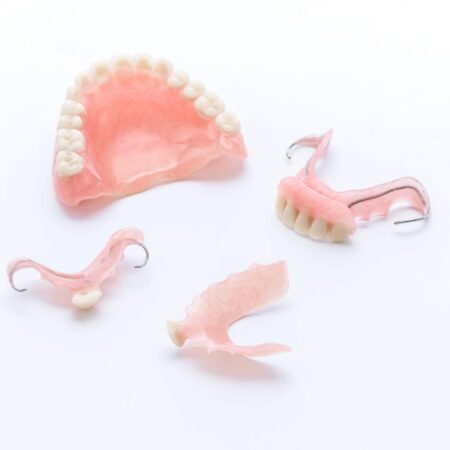The Three Types of Zirconia Crowns

As a dental provider, it’s important to understand that three distinct types of zirconia are used to make dental crowns. Even more so is learning proper zirconia crowns prep, especially with new tools like an intraoral scanner.
Before we delve into the zirconia crowns disadvantages and advantages, a discussion of the various types is necessary.
The three types of zirconia used in dental crowns are:
- Solid or monolithic zirconia
- Layered zirconia
- High translucent zirconia
Each type of zirconia has its own specific benefits. What type of zirconia is most appropriate for your patient can depend on a range of factors, from the quality of the material itself to other patient-specific details. Let’s take a closer look at each type.
Solid or Monolithic Zirconia
Solid or monolithic zirconia is the most opaque of zirconia styles. They’re a popular choice because of their durability and because they require less occlusal clearance than other kinds of crowns.
Generally, solid or monolithic zirconia is recommended for posterior crowns. There are two primary reasons for this:
They’re more opaque
Monolithic zirconia lacks the translucency of other zirconia types. For that reason, it’s generally recommended for posterior crowns, as the opaque color can be difficult to match teeth that are situated at visible points of the mouth.
They contain more stabilizers
Oxide additives are used in zirconia to add strength and durability. Solid zirconia contains more of these stabilizers than other kinds of zirconia, making them perfect for the primary job of the molars at the back of the mouth—aka, chewing. Patients who tend to grind their teeth may also be better served by the durability of monolithic zirconia.
In addition to their durability, monolithic zirconia crowns are also thought to be better for the surrounding teeth. They cause less wear to neighboring teeth and are a suitable option for helping to mask discoloration from previous dental work.
Layered Zirconia
Layered zirconia refers to zirconia that’s been coated with a special ceramic where the teeth are visible. However, only the visible surfaces are layered. To ensure durability where the teeth come into contact with the opposite row, the occlusal surfaces are full zirconia.
That ceramic layering makes layered zirconia a popular choice for anterior crowns. Compared to full zirconia, layered zirconia is more translucent and opalescent, leading to a more realistic smile.
Although layered zirconia is perfect for anterior crowns, it can also be used for crowns at the back of the mouth, provided there’s room for the amount of clearance layered zirconia crowns require.
High Translucent Zirconia
High translucent zirconia is considered the most natural-looking of all zirconia types. Its heightened translucency allows it to reflect the color of the teeth surrounding it, leading to crowns that blend in more with the rest of the teeth in the mouth.














Leave a Reply